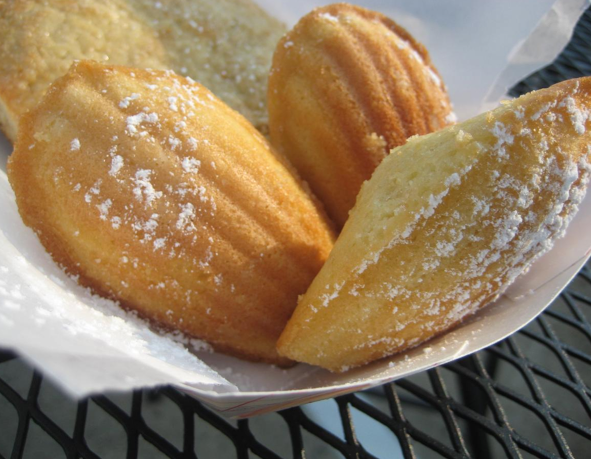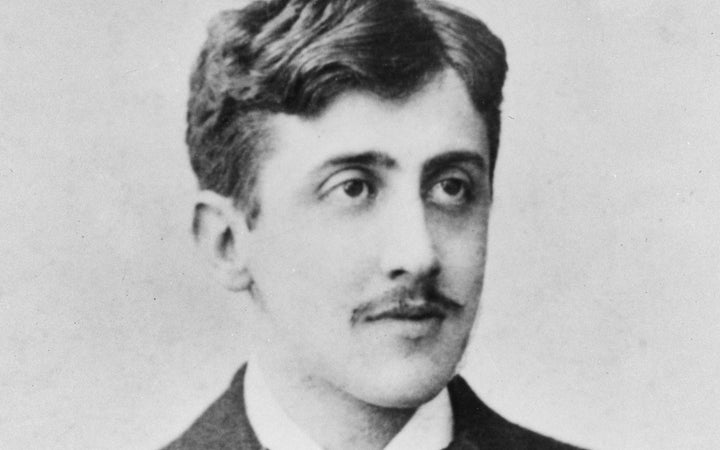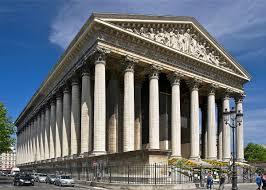
Petit gateau.
Some of you know the little French cake, some of you know the artifact of Proust, and some know the Parisian edifice.
Madeleine is not just a name, albeit a very pretty one, it’s also the image of many iconic representations in the French culture.
Let’s recap them.
«La madeleine de Proust » has become a common expression in the French language. It refers to a passage in Marcel Proust’s novel A la recherche du temps perdu (1913), where the narrator examines the notion of involuntary memory, a conception of human memory in which cues encountered in everyday life, like enjoying an ordinary petite madeleine with one’s tea or coffee evokes something entirely independent of the actual object.
This Proustian theory has become a part of modern psychology. It demonstrates how powerful unconscious memory can be and how it can resurface in a very strong and irrational way, such as reconnecting with one’s youth, to cherish it and to understand the memory of it. Reminiscence of the past refers to the madeleine experiment.
So the expression really means that what you are doing reminds you of a sweet moment you had earlier on or even years back. A smell of baking can trigger the cherished memory or any other sensory manifestation.
Here is the translated passage where Proust explains his own experience:
“… one day in winter, as I came home, my mother, seeing that I was cold, offered me some tea, a thing I did not ordinarily take. I declined at first, and then, for no particular reason, changed my mind. She sent out for one of those short, plump little cakes called petites madeleines, which look as though they had been molded in the fluted scallop of a pilgrim's shell. And soon, mechanically, weary after a dull day with the prospect of a depressing morrow, I raised to my lips a spoonful of the tea in which I had soaked a morsel of the cake. No sooner had the warm liquid, and the crumbs with it touched my palate, a shudder ran through my whole body, and I stopped, intent upon the extraordinary changes that were taking place. An exquisite pleasure had invaded my senses, but individual, detached, with no suggestion of its origin. And at once the vicissitudes of life had become indifferent to me, its disasters innocuous, its brevity illusory--this new sensation having had on me the effect which love has of filling me with a precious essence; or rather this essence was not in me, it was myself. I had ceased now to feel mediocre, accidental, and mortal. Whence could it have come to me, this all-powerful joy?”

Madeleine of Commercy.
That’s the traditional petit cake shaped as a shell or as a turtle carapace as some see it. Legend has it that it has been created in the town of Commercy in Lorraine, in Eastern France, when in 1755, King Stanislas (king of Poland and Duke of Lorraine) held a dinner for his entourage.
He was soon informed that his pastry chef had just handed in his notice. A butler and a maid came up with a pretty little thing to serve the king - a true delicacy! Delighted, the King sent for the creators and asked the name of the pastry.
“It has no name, sire, said the maid. This is what we cook back home in Commercy on festive days”. “So what is your name?” “Madeleine”. “Then from now on, it will be called like you: Madeleine of Commercy.”
And we can all agree to leave it at that.

Madeleine of Paris.
This one is a church. L'église de la Madeleine is a Roman Catholic church occupying a commanding position in the 8th arrondissement of Paris. It was originally designed in its present form as a temple to the glory of Napoleon's army.
Its construction started in 1764 and finished in 1842. It is shaped as a Greek temple without any crosses or bell-towers. All year, the church offers day and night classical music concerts. The venue is also used for fancy weddings, as well as funerals, just like any other typical catholic church.

Some other famous Madeleine.
Madeleine Albright, politician.
“It took me quite a long time to develop a voice, and now that I have it, I am not going to be silent,” the first female Secretary of State Madeleine Albright tells, adding, “I have had fun being who I became, so to speak.”
Her trademark signature was to wear various lapels pins to express her mood or a diplomatic message, as political and artistic statements. She has worn hundreds of different ones.
Madeleine of Valois, queen.
Madeleine of Valois, a French princess who became Queen of Scots as the first spouse of King James V. Her premature death at the age of sixteen changed the history of Europe. If she had lived, there would have been no Mary Queen of Scots and her son James I would not have succeeded Elizabeth I to the English throne. Even the current Queen of England, Elizabeth II would not be here today if Madeleine had lived to produce an heir.
Madeleine Astor, socialite.
She was Colonel Astor’s wife, who died aboard the Titanic. She survived and inherited a $5 million trust fund and the use of her husband’s residences on the condition that she never remarries. She lost it all.
Let’s not forget the famed La Madeleine bakery/coffee shop chain all over the United States, no doubt a reference to Proust and his little cake forever.
While many shoppes make and carry madeleines, a favorite and good sample of it is also offered by the national chain Starbucks.
Thousands of little girls and dolls across the world hold the ravishing first name, in a revival of an old traditional moniker of France.

Questions / Comments = sidoniesawyer@gmail.com
Visit my website for more stories.
